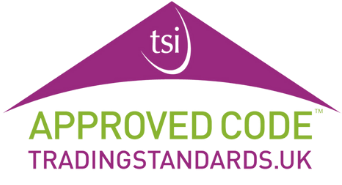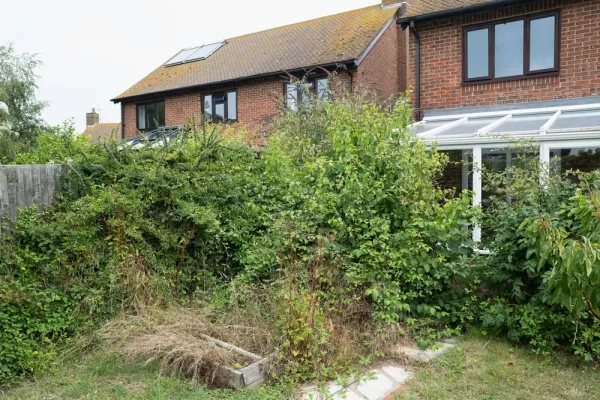There are several different types of house valuation.
One of them is a desktop property valuation.
These are relatively new in the UK housing market. So, what exactly are they? And how do they work?
Read this blog to find out.
What is a desktop property valuation?
A desktop property valuation involves getting your house valued virtually. An independent expert does this with experience in this area.
This number can be used to guide buyers, sellers, or lenders. Some people dispute the accuracy of these valuations, though.
A desktop valuation will be completed remotely, using online tools. For example, the valuer may utilise:
- Details of a recent survey
- A video tour of the house
- Photos and floor plans
- Information available in public records.
Due to developments in technology and information accessibility, desktop property valuations have become more prevalent and accurate in recent years.
Alternative names for a desktop property valuation
You will often come across alternative names for a desktop valuation. Examples include an ‘online valuation’ or a ‘virtual valuation’.
You may see someone call it a ‘video valuation’ as well.
This latter description is often slightly misleading. This is because more elements than just a video recording are used.
How long are desktop valuations valid for?
Desktop valuations are only valid for up to a few months. After this, the information used to inform the valuation may changed.
They become dated even faster than regular valuations.
When is a desktop property valuation completed?
Many people assume that you only get a desktop property valuation when you want to sell your house.
But it can be relied upon in other situations, too.
When you’re remortgaging, desktop valuations are often possible. This is because you already have most important details about your house.
New builds
Desktop valuations are sometimes used with new builds – even if they’re still in construction.
A detailed plan of the property’s dimensions can sometimes be sufficient to give a guideline price.
Land
Land can be valued using a desktop valuation. The valuer will need a clear perspective on the size of the plot and the surrounding area. This can often be gleaned from Google Maps.
A leasehold extension can benefit from a desktop valuation, especially when the freeholder and leaseholder negotiate the price.
How long does a desktop property valuation take?
The most time-consuming part of a desktop valuation is gathering all the information needed. Once this is done, a valuation can be completed in a few days.
This fast speed is a major advantage that pushes many homeowners towards desktop valuations if they’re on a tight budget.
You should contact an independent valuer for guidance on how long your valuation will take. They’ll consider all the information that’s available to them.
How much does a desktop property valuation cost?
Desktop property valuations are less expensive than traditional valuations. According to several independent sources, it can cost around £150 on average.
(A traditional property valuation costs around £320. So, a desktop valuation is almost half the price of a regular valuation in many cases.)
Some desktop valuations will be priced higher than this. It translates into a higher-quality valuation which takes more time and considers more factors.
Less expensive valuations are often less accurate.
Are desktop property valuations reliable?
Some desktop valuations are more reliable than others.
You’ll find a few lenders that accept this type of valuation, but others that don’t. Many companies treat it on a case-by-case basis.
If the house has been sold before in recent years, the information available about it may be up to date.
But if it hasn’t been looked at for 20 years, the desktop valuer has less reliable data to use. This can cause its accuracy to be questioned.
Advantages of a desktop property valuation
Desktop property valuations have several advantages that cause people to use this method. You can see the main benefits below.
Speed
Speed is one of the main advantages of a desktop property valuation.
You don’t need to match schedules with the valuer to find a convenient time for them to come round.
Instead, once they have all the information needed, they can get started right away. This is especially useful if you’ve got a busy calendar.
Less expensive
You usually pay less for a desktop valuation.
This keeps more money in your pocket and thus ensures you make a greater profit from your house sale.
Unusual circumstances
This type of valuation is also useful if you’re facing unusual circumstances.
Perhaps your house can’t be accessed because there are squatters there. Or it has serious structural issues that make it unsafe to visit in person.
Or your preferred valuer is based far away and can’t visit you in-person. A desktop valuation allows you to sidestep all these issues.
Disadvantages of a desktop property valuation
You should also think about the drawbacks of a desktop property valuation. Take a look at these below.
Less reliable
Desktop valuations are considered less reliable than traditional valuations. It isn’t always guaranteed that your valuer will be ‘on the money’.
The results are especially likely to be suspect if there isn’t much up-to-date information on your house.
Many lenders don’t accept it
Another issue is that many mortgage lenders won’t accept this type of valuation.
If this happens, you may have spent money on this type of valuation for no reason.
It can also slow down your sale. You should confirm this with your lender before you pay for one.
It’s not always possible
A virtual valuation isn’t always possible in the most unique circumstances.
Your house may have a one-off feature that your valuer has never seen before.
Or it’s got an unusual layout or historical significance, which needs an in-person inspection. This is particularly common with period properties.
















